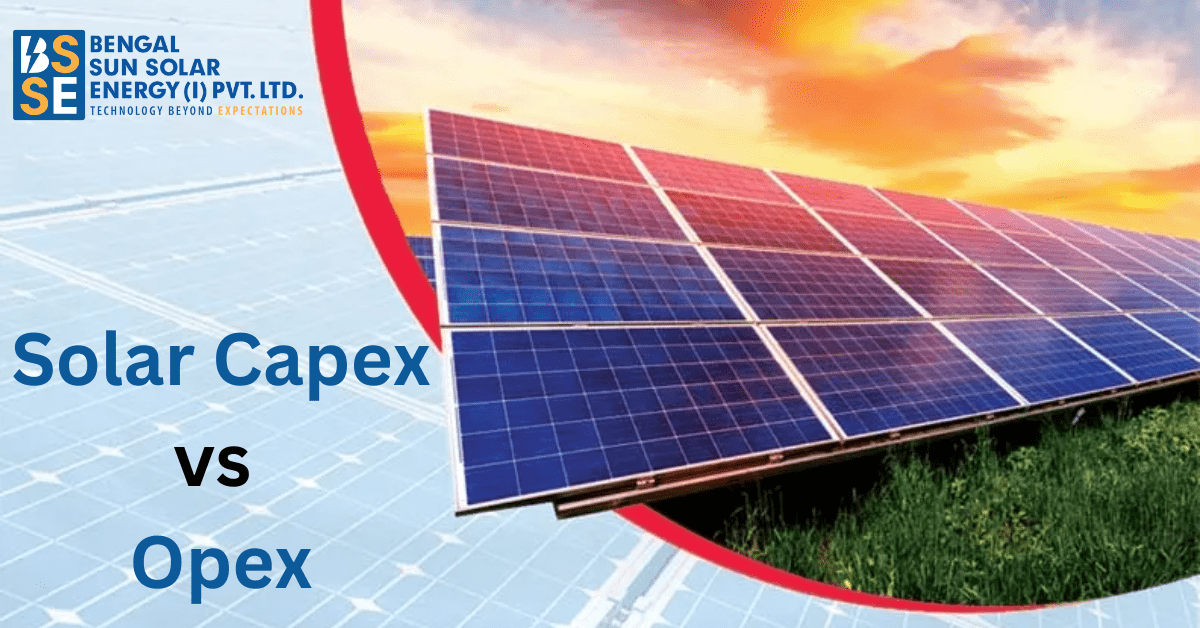A common myth that is playing around in the market is that the installation of the solar power plant is a very costly affair; however, the information that is not transmitted to the public is that there are two modules and a lot of factors on which these prices. In this article, we talk about two payment modules of the solar plant installation that is CAPEX and OPEX. Just in case you have tied your hands with one of the Best Solar Plant installers in Andaman, then you can always take a sigh of relief as we will be easing your payment-related issues. In this article, we talk about two payment models i.e CAPEX and OPEX which you can always use for your payments.
Flexible payment modules enable you for a steady sustainable conversion
As you may have read in the headlines solar power plant installation invites the conversion from conservative sources to a sustainable energy source, accompanied by the least emission and carbon oxidation. However nothing comes for free in this world, and as a matter of fact, we might not be able to cancel your payments but we can ease the method of the same. So stay tuned and keep reading.
OPEX Model explained
A solar lease or OPEX model allows you to install solar panels by making a monthly payment to a third-party solar installer or RESCO (Renewable Energy Solar Company) that owns and maintains the system while you use the electricity generated. The consumer only pays for the electricity thus consumed every month. Having a solar plant through the Opex model is not only less capital-intensive, but the solar electricity bills generated will also be lower than your conventional grid electricity bills. Trusting one of the Best Solar Panel installers in Andaman you will have savings from day 1.
Benefits of the Opex Model
👉Zero upfront cost
👉Lower monthly payments than regular utility bills
👉Installation and maintenance support from developers as they are the owners of the solar asset and their revenue depends on the performance of the solar plant.
Drawbacks of the OPEX Model
👉Disqualifies you for subsidies and rebates as the asset owner is a third party.
👉Price escalation due to a rise in market rates (if the tariff model is floating)
👉No ownership of the system
Capex Model Explained
The model where the organization owns the solar power system and buys it on its books of account is known as the Capex model. This model allows businesses to own solar power with zero investment (initially) if the finance is through solar loans and enjoy significant savings over the system’s lifetime as once you own the system, it will keep generating solar electricity. Moreover, the consumers are eligible to benefit from the incentives and favourable policies, which they otherwise wouldn’t qualify for with the Capex model or leasing model.
Benefits of Opting for a Capex Model
👉Ownership of the system.
👉Eligible for government subsidies, rebates, etc.
👉No effect from market price escalations.
Drawbacks of Buying Through a Solar Loan
👉The upfront cost can be deterrent
👉It is capital intensive and takes high investment to the scale of crores for an MW of the solar system
